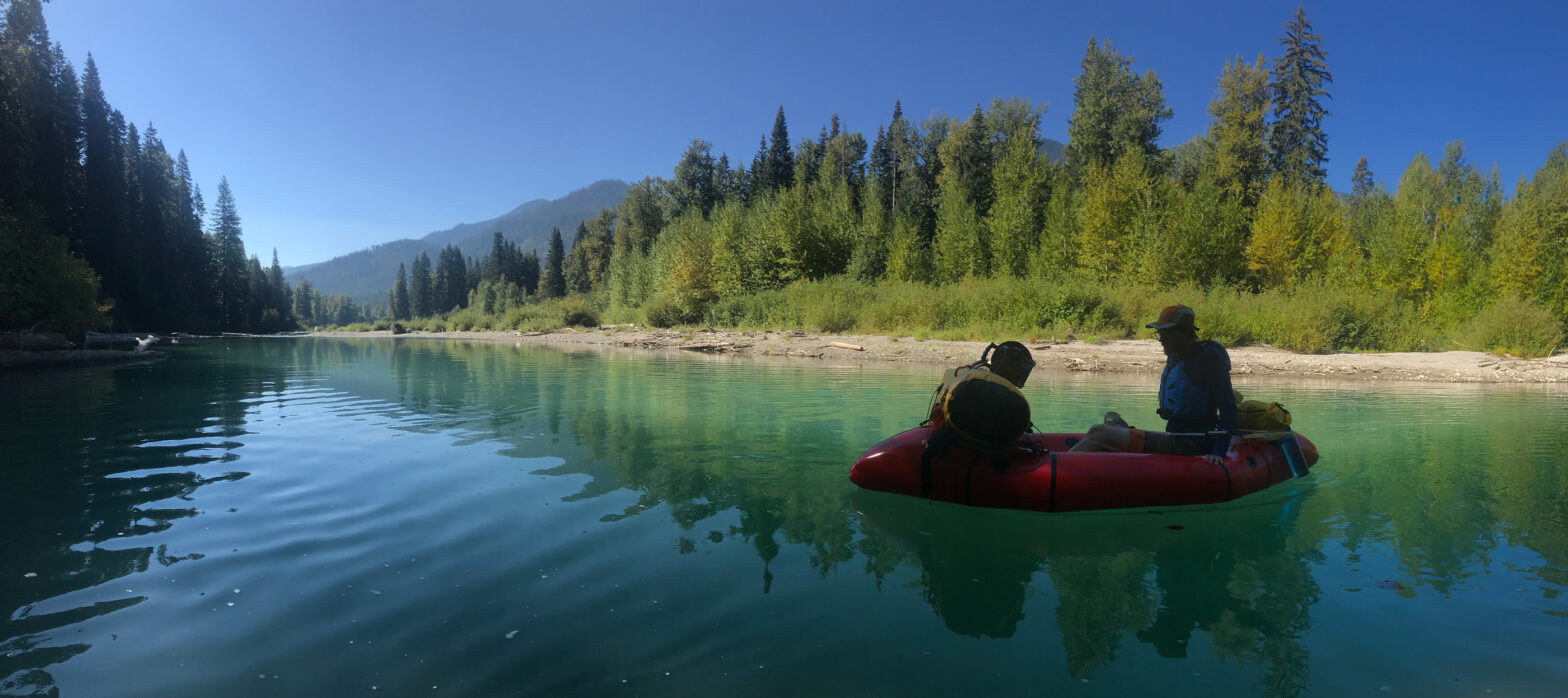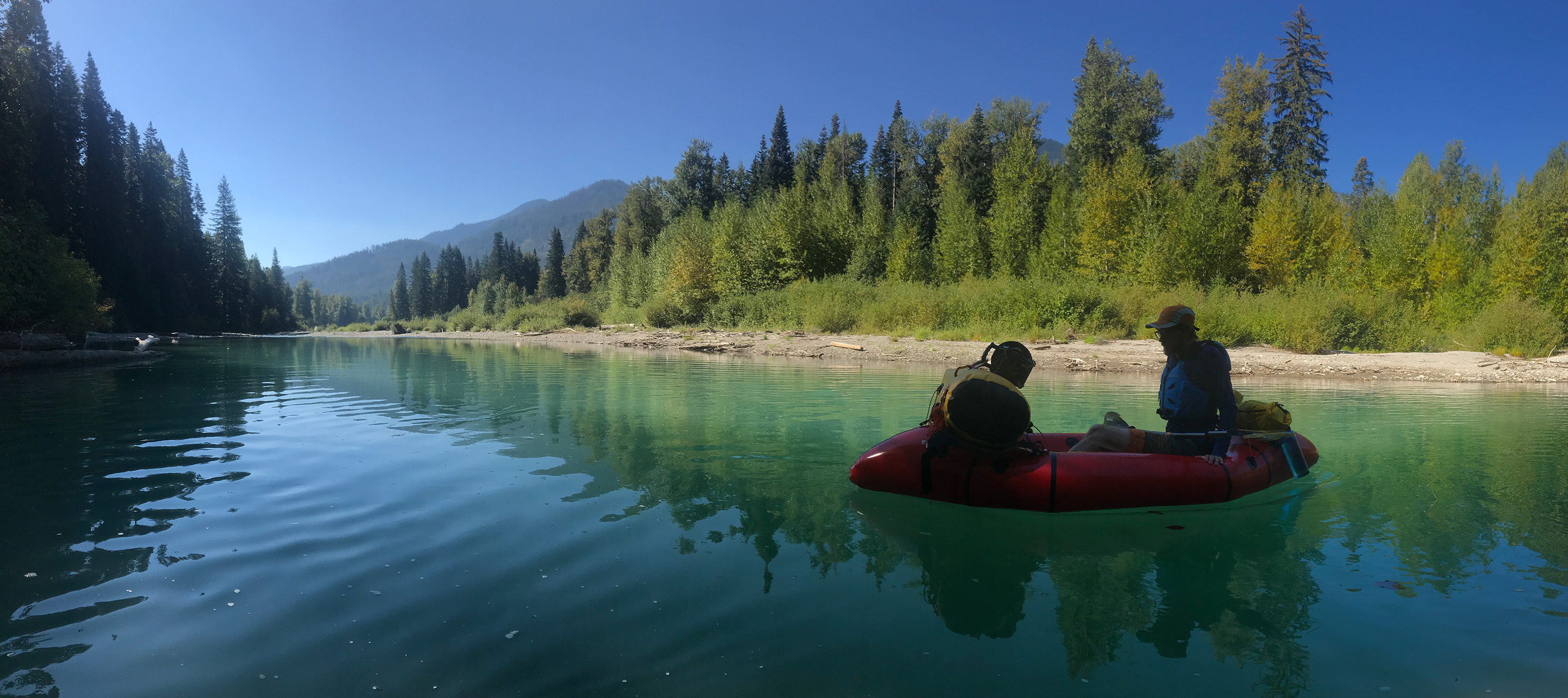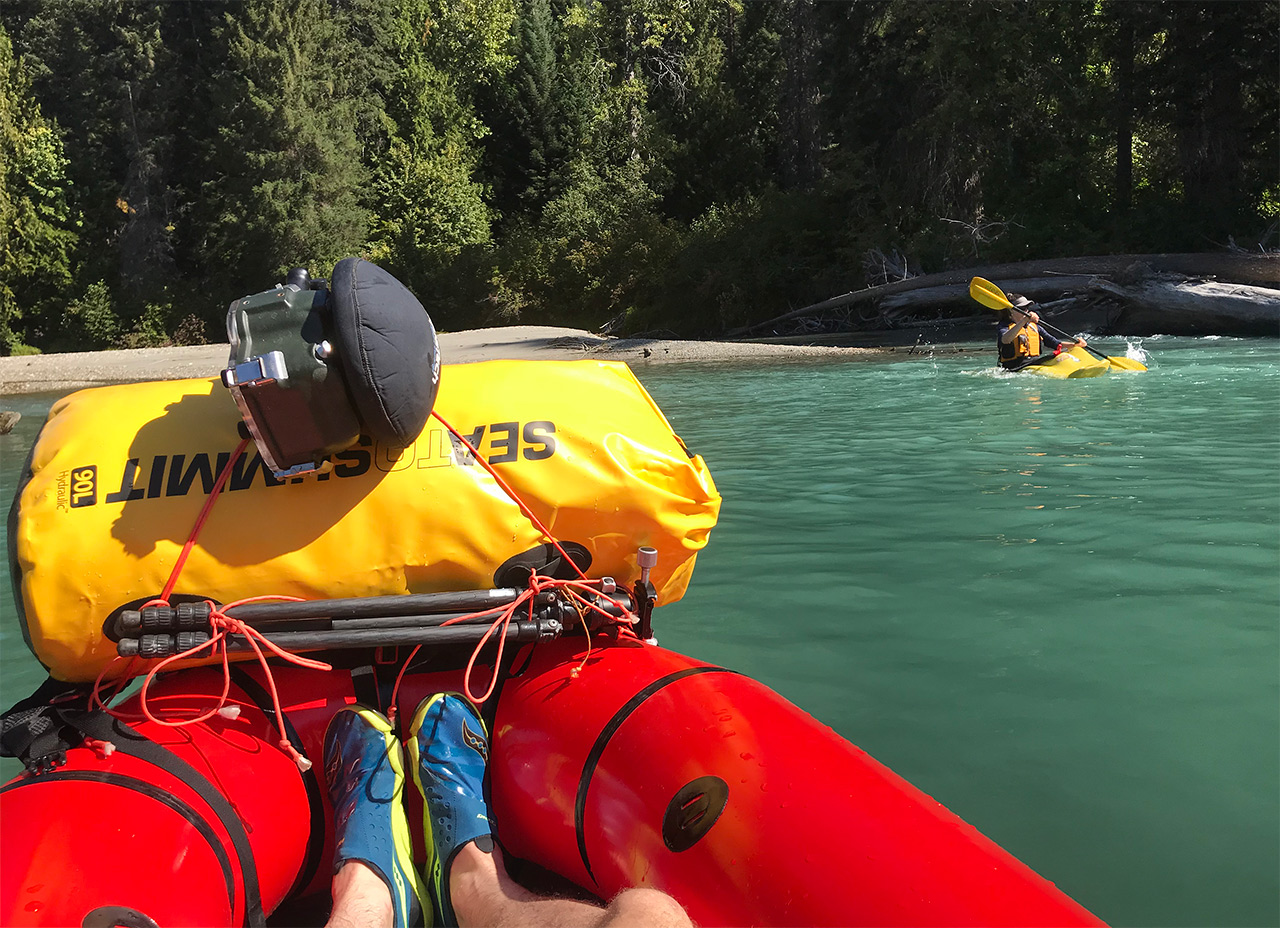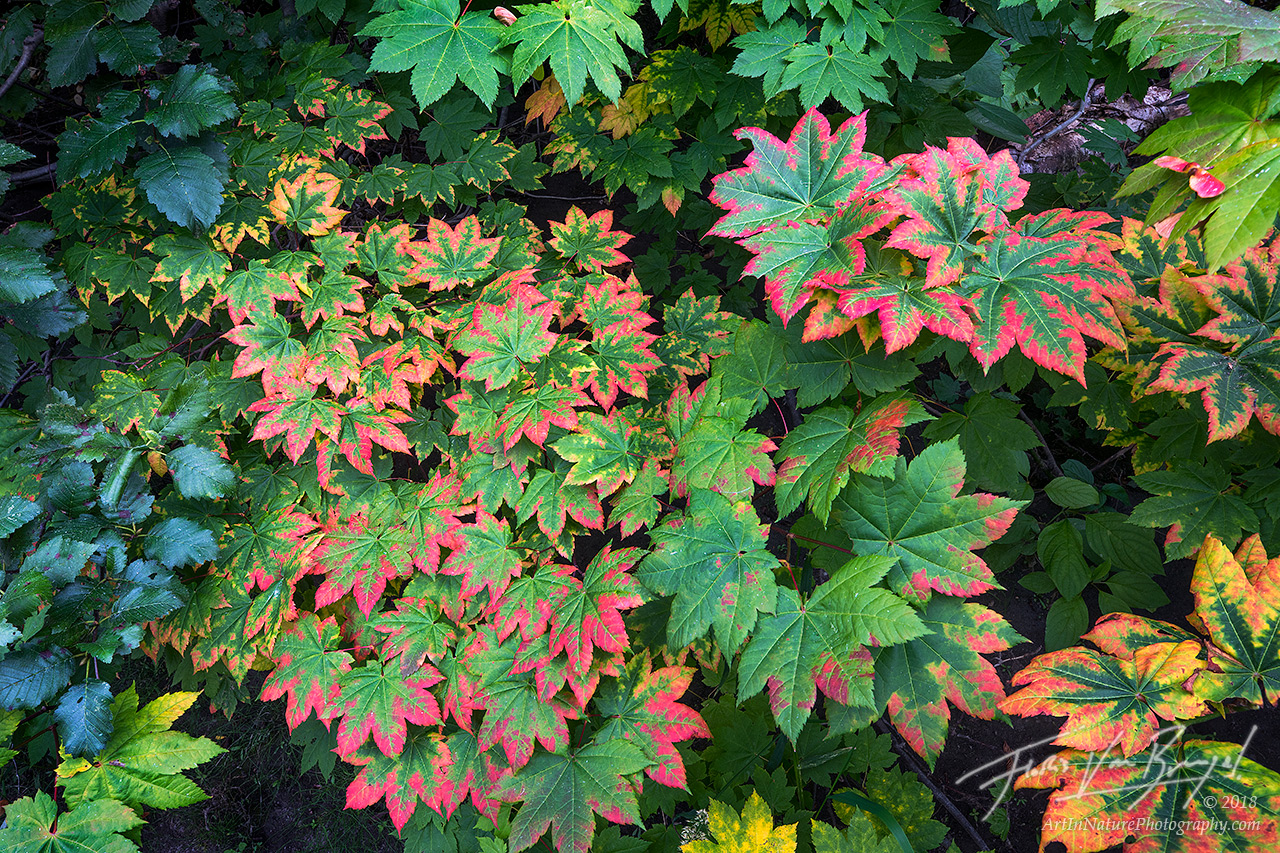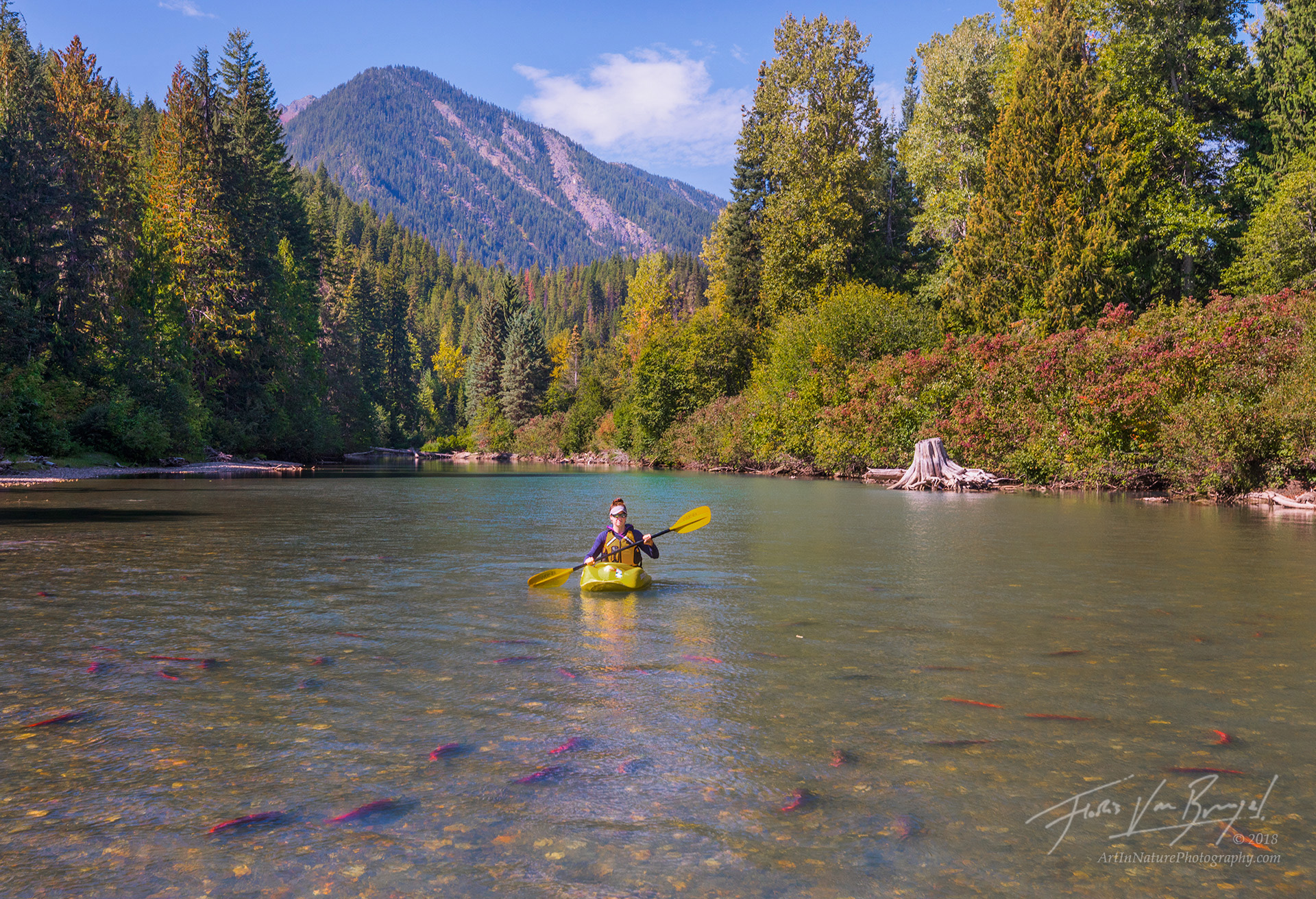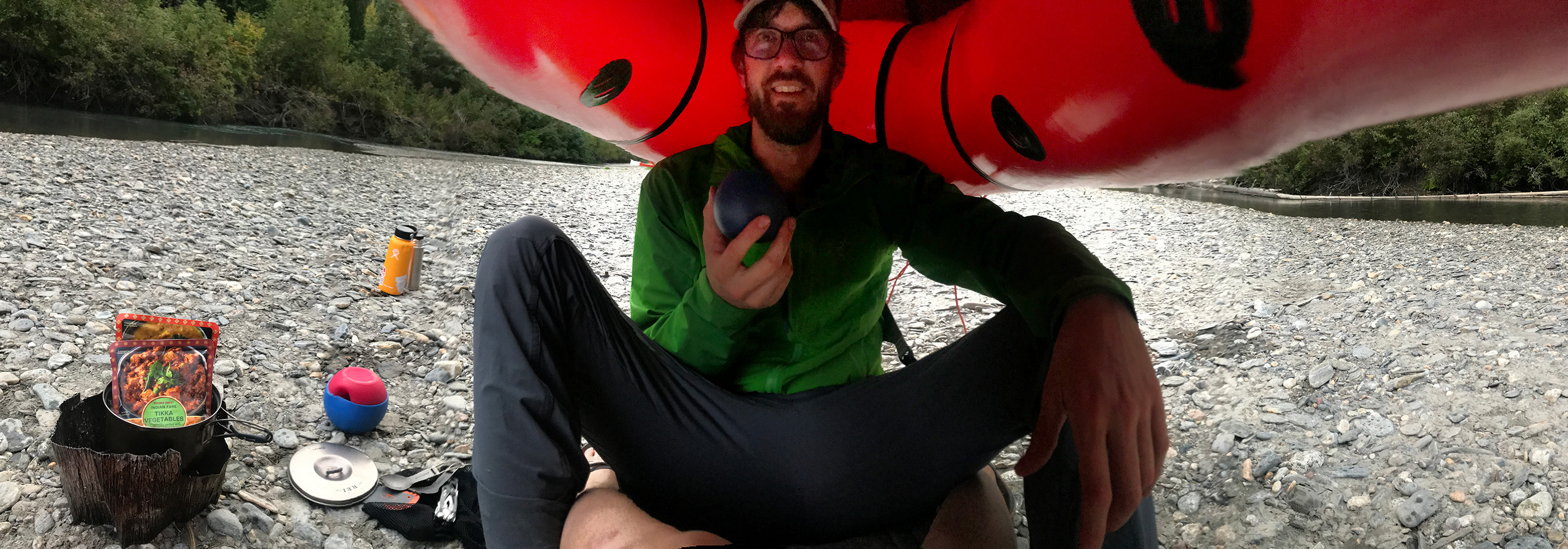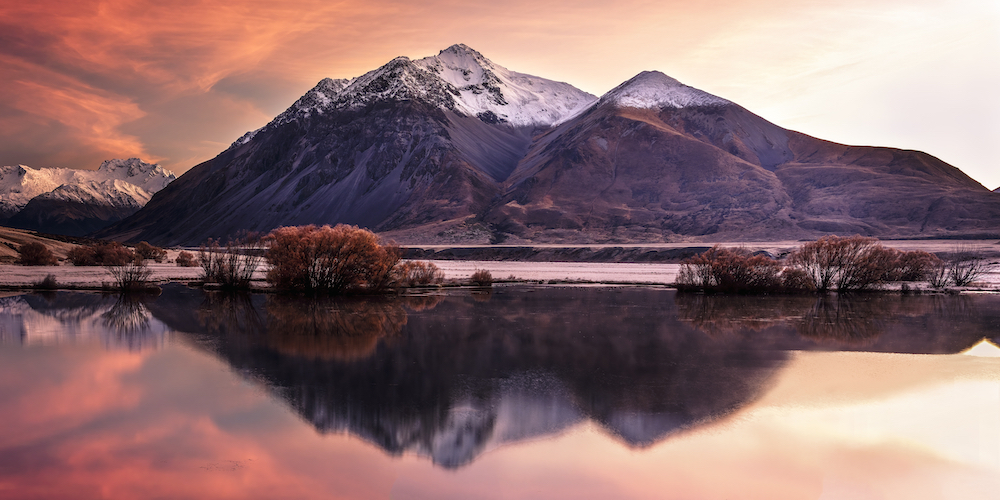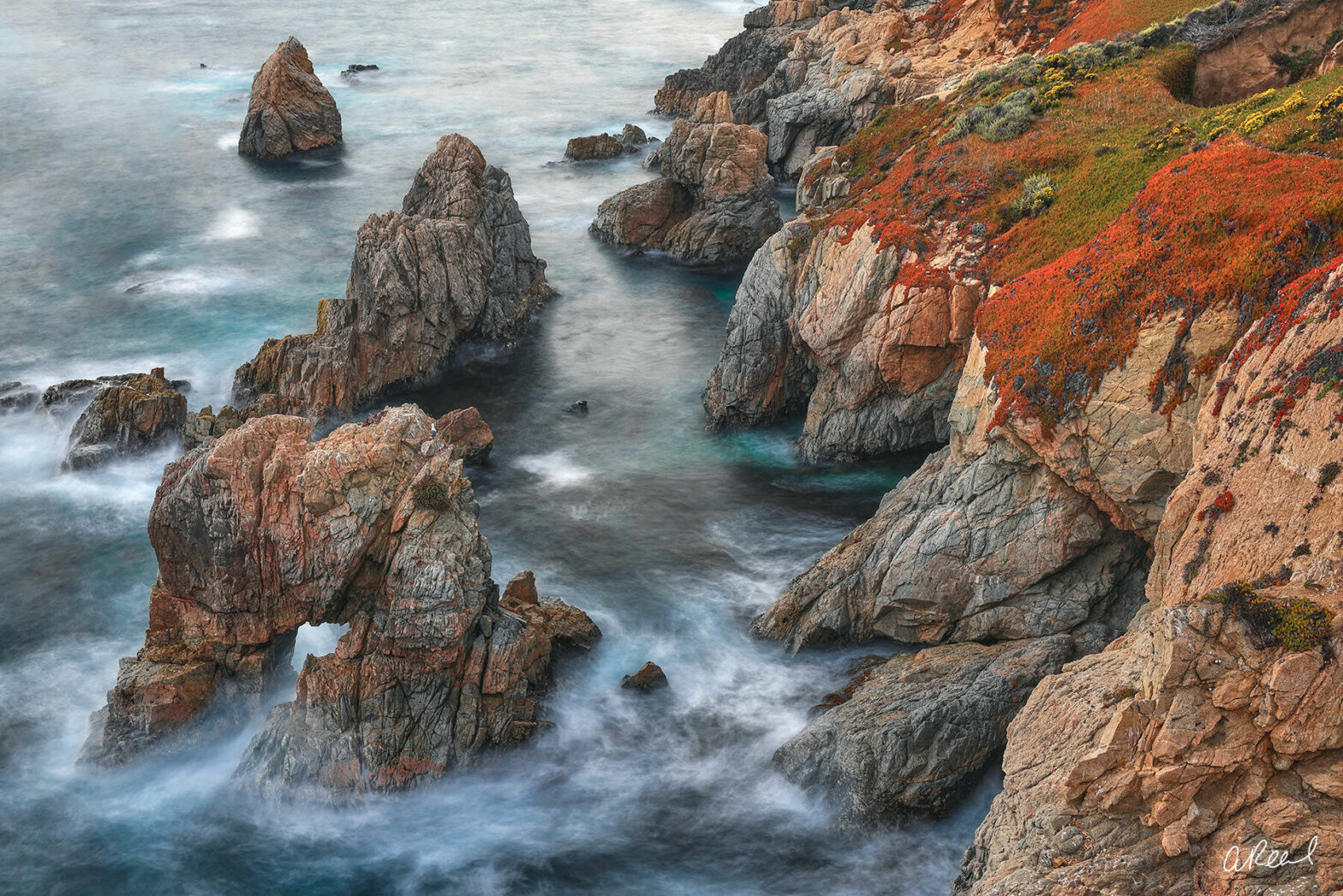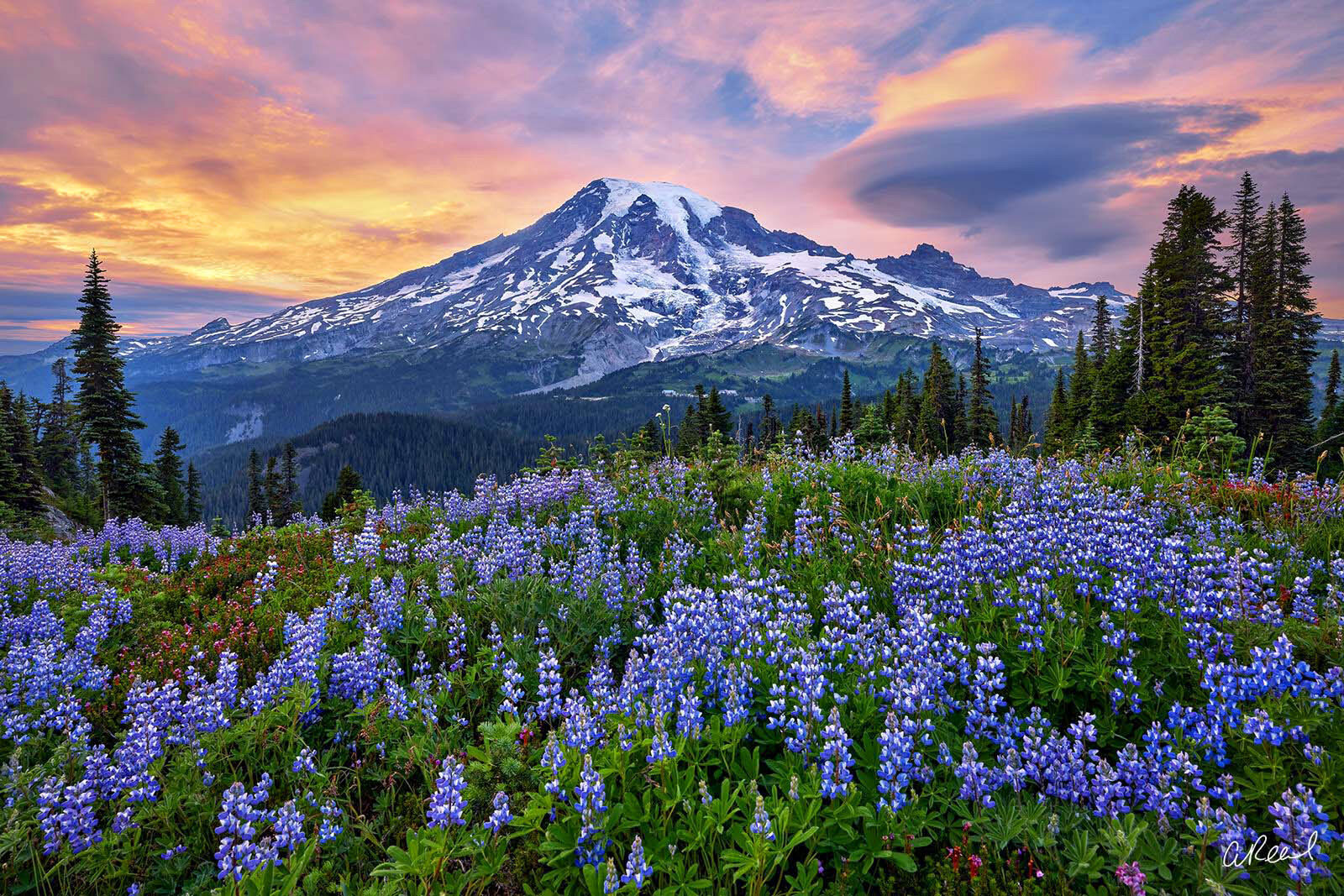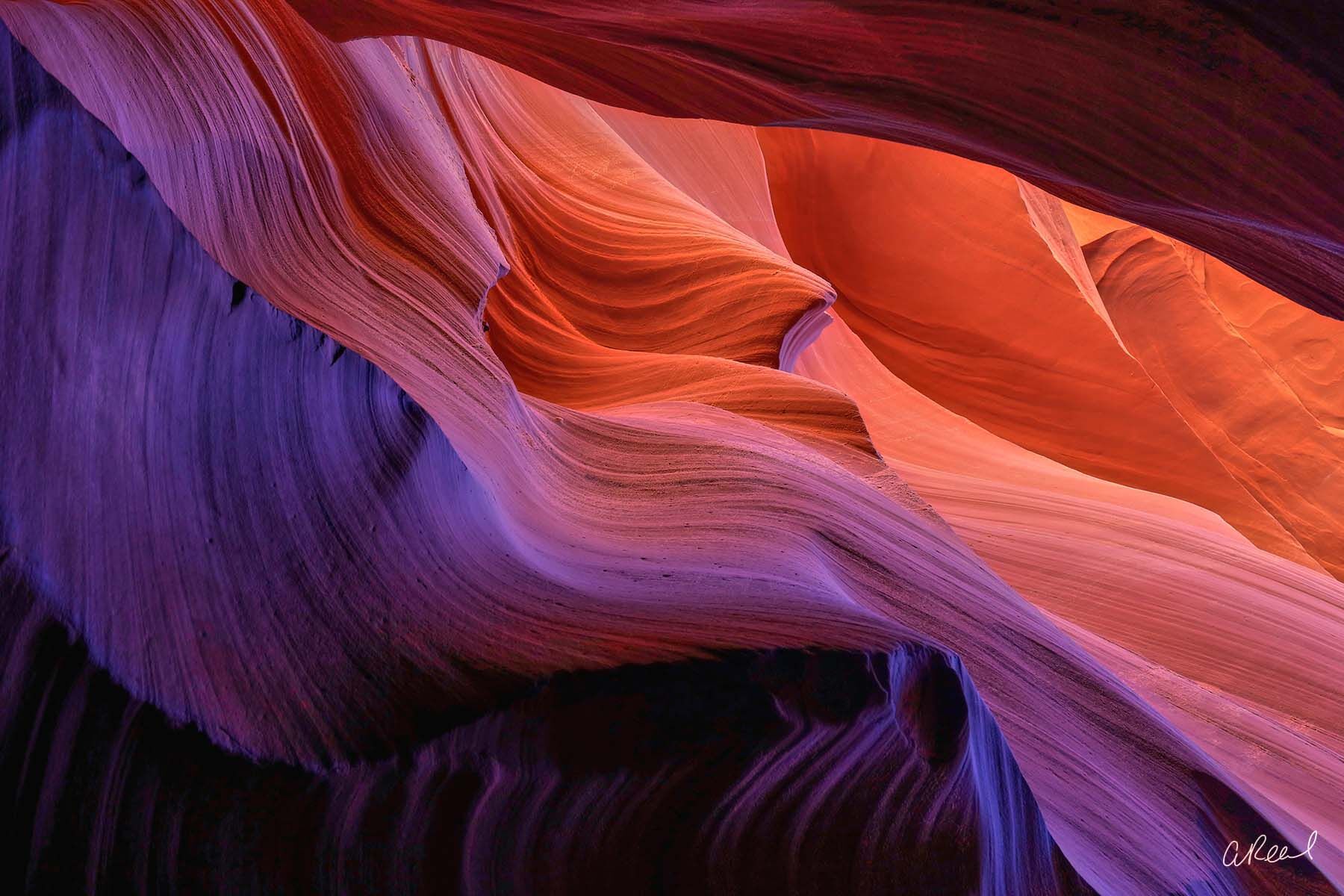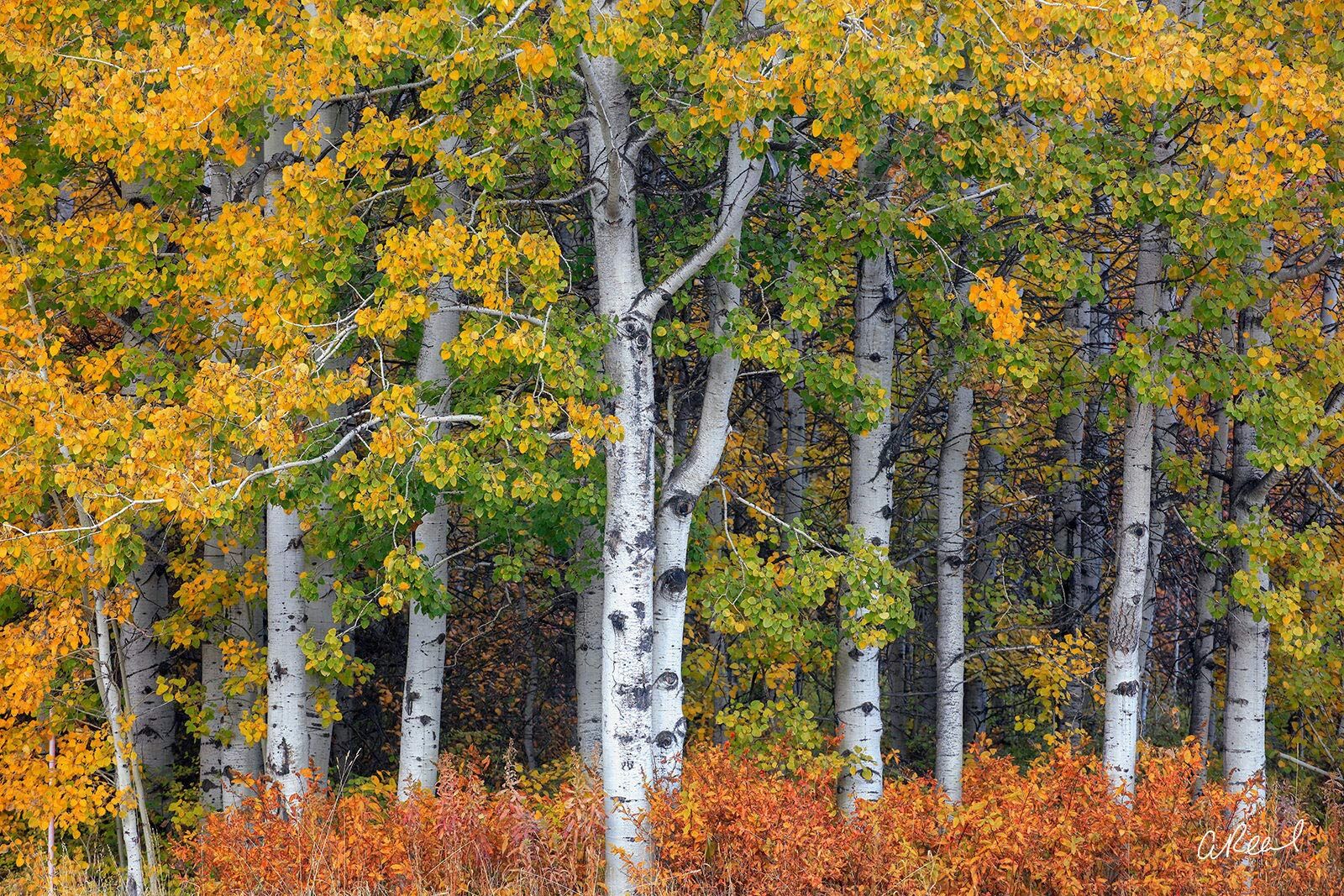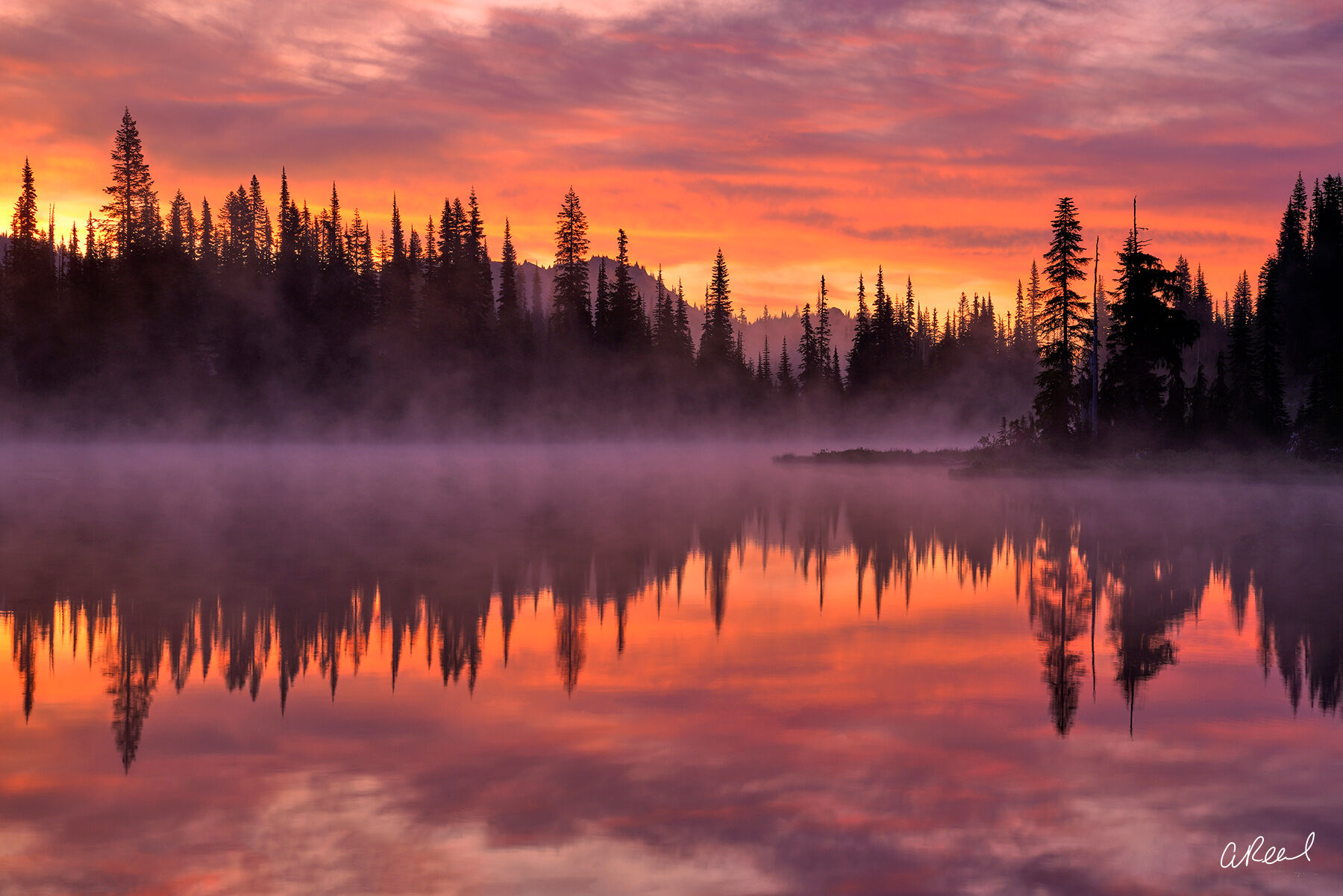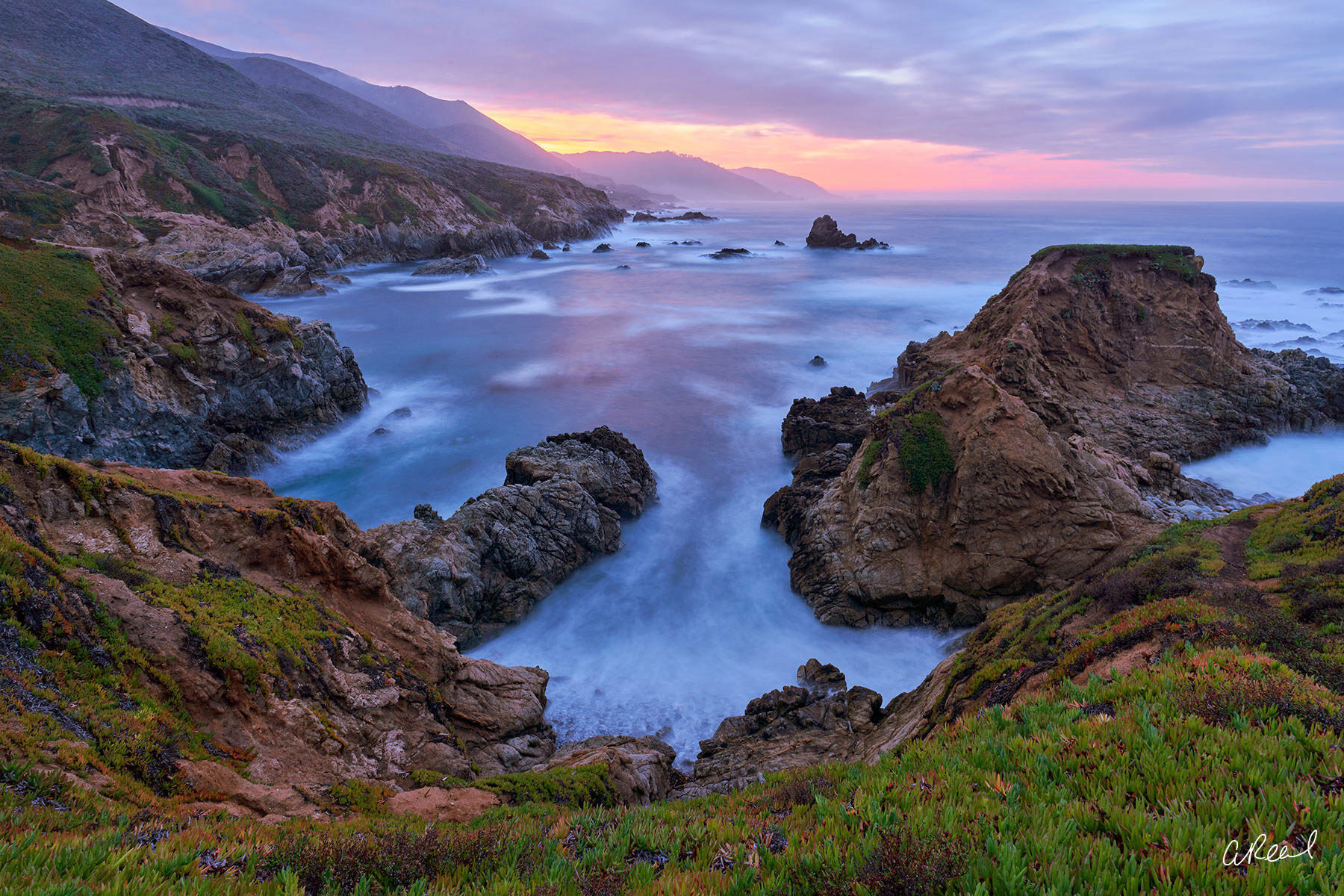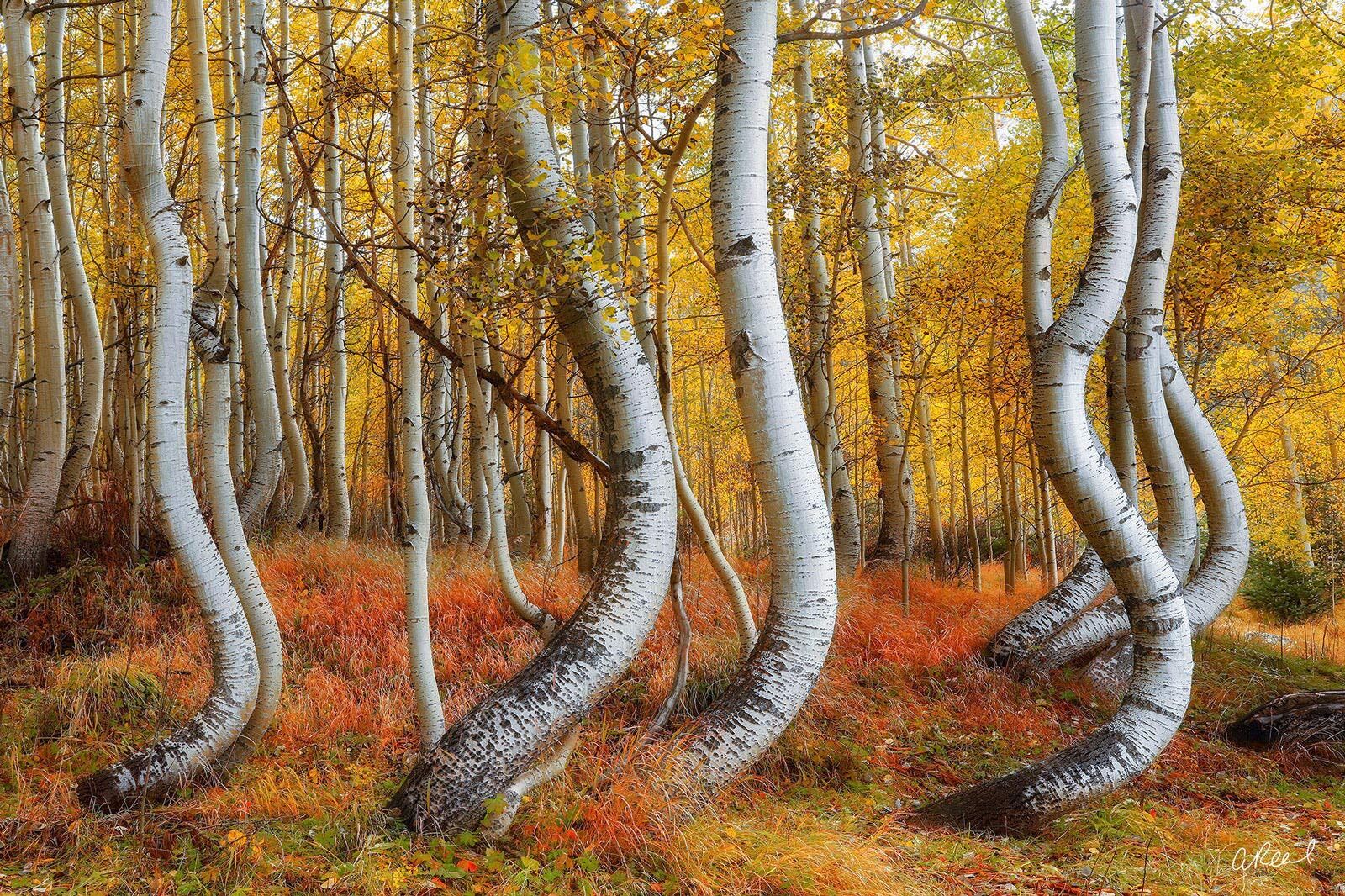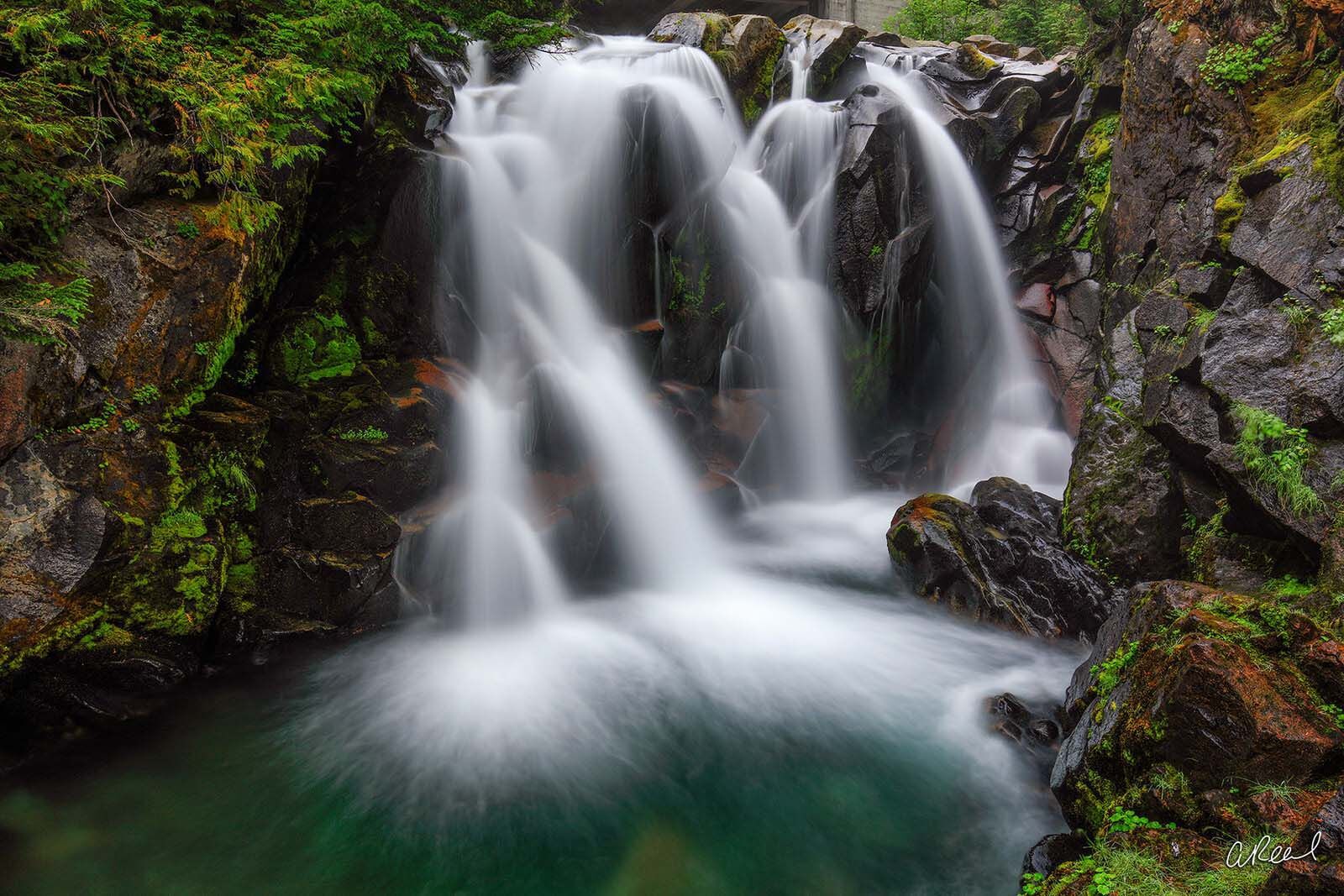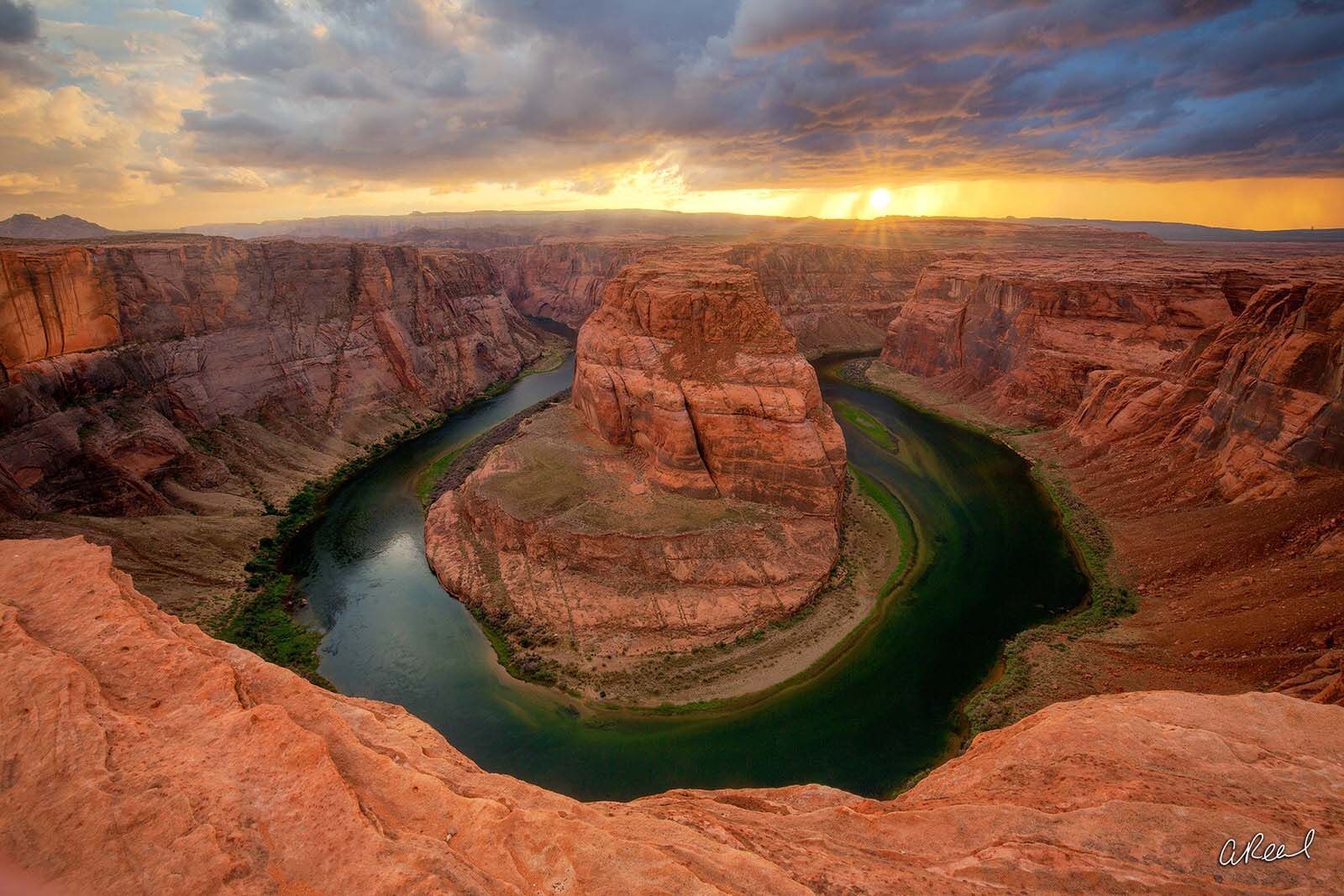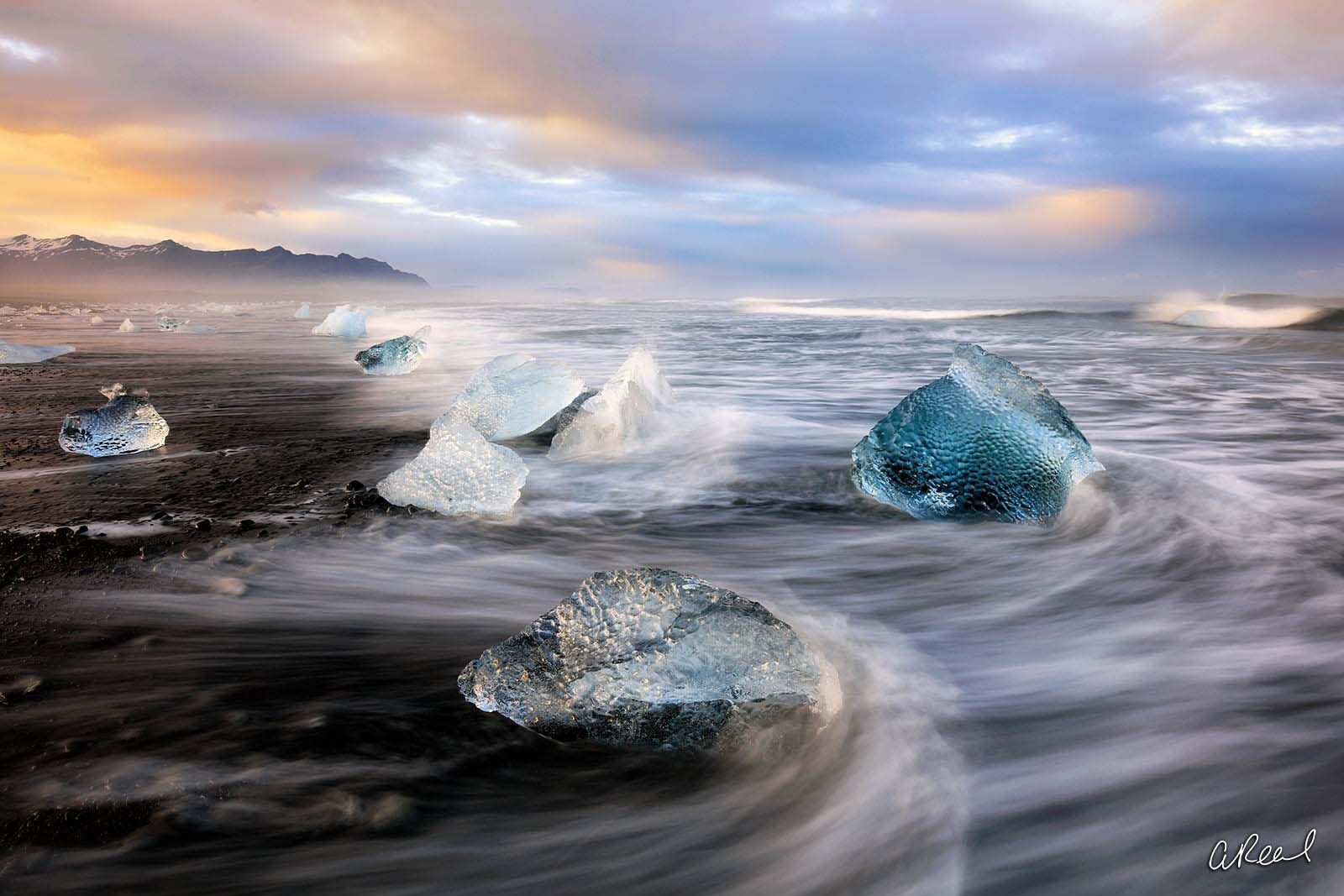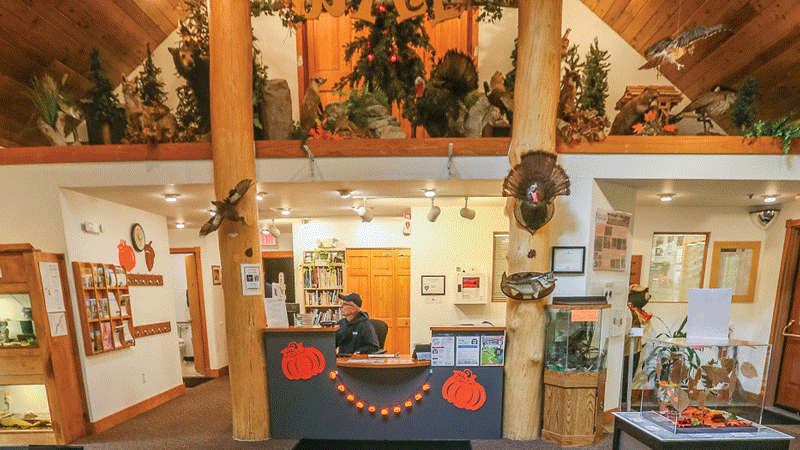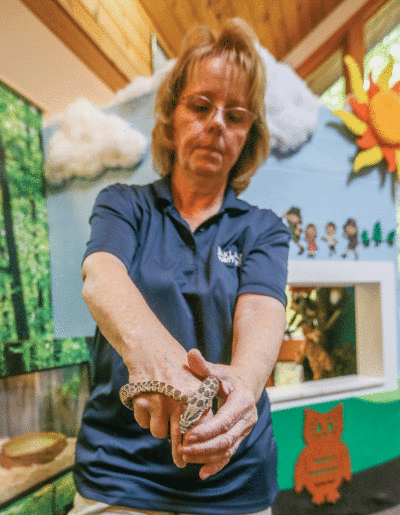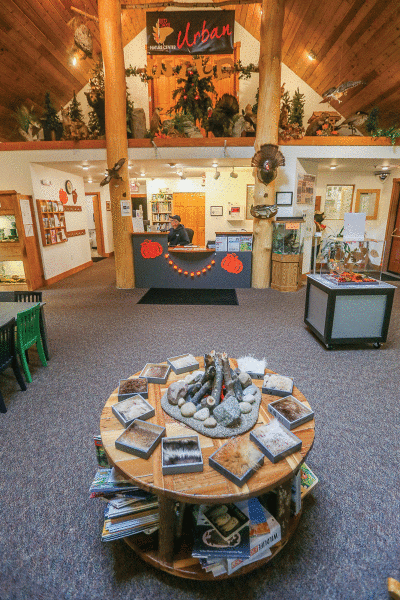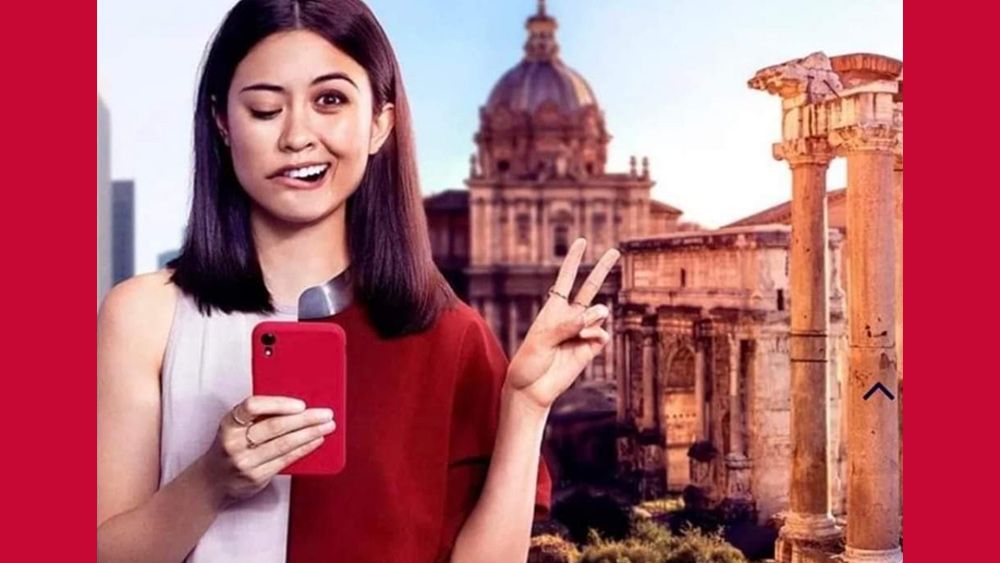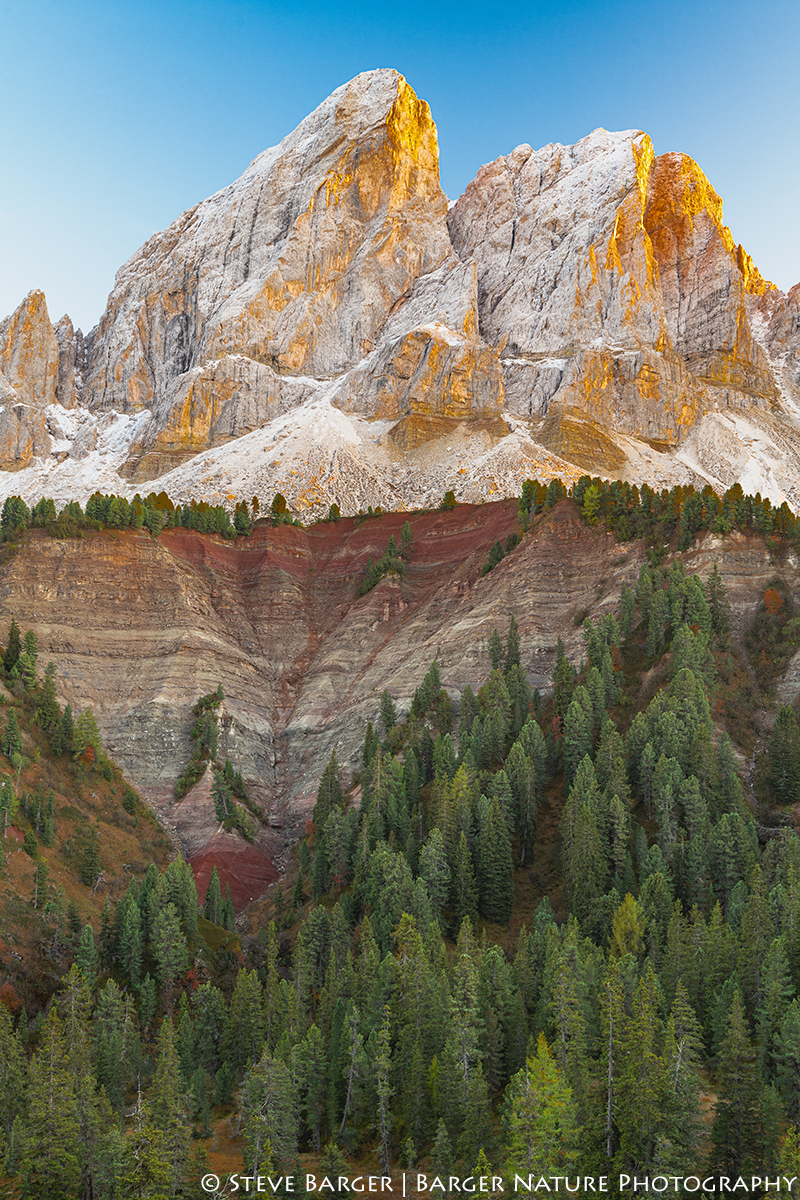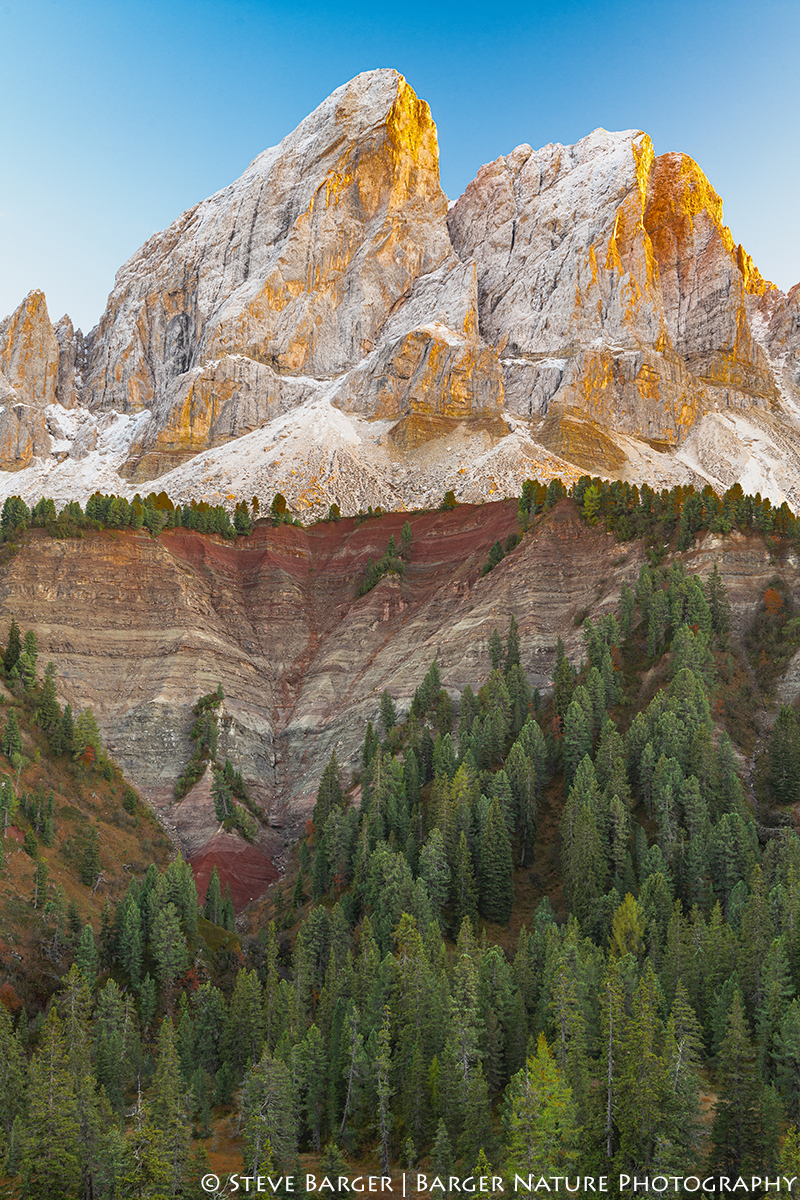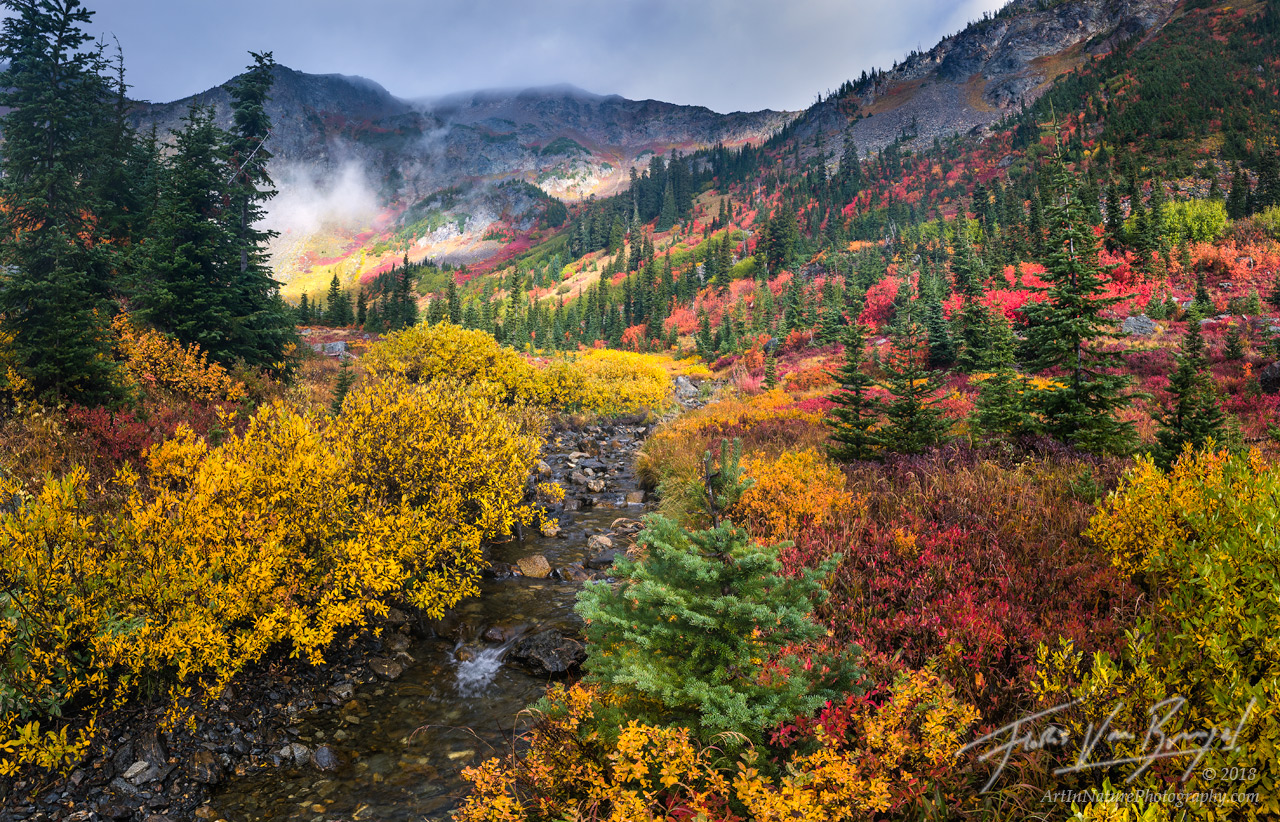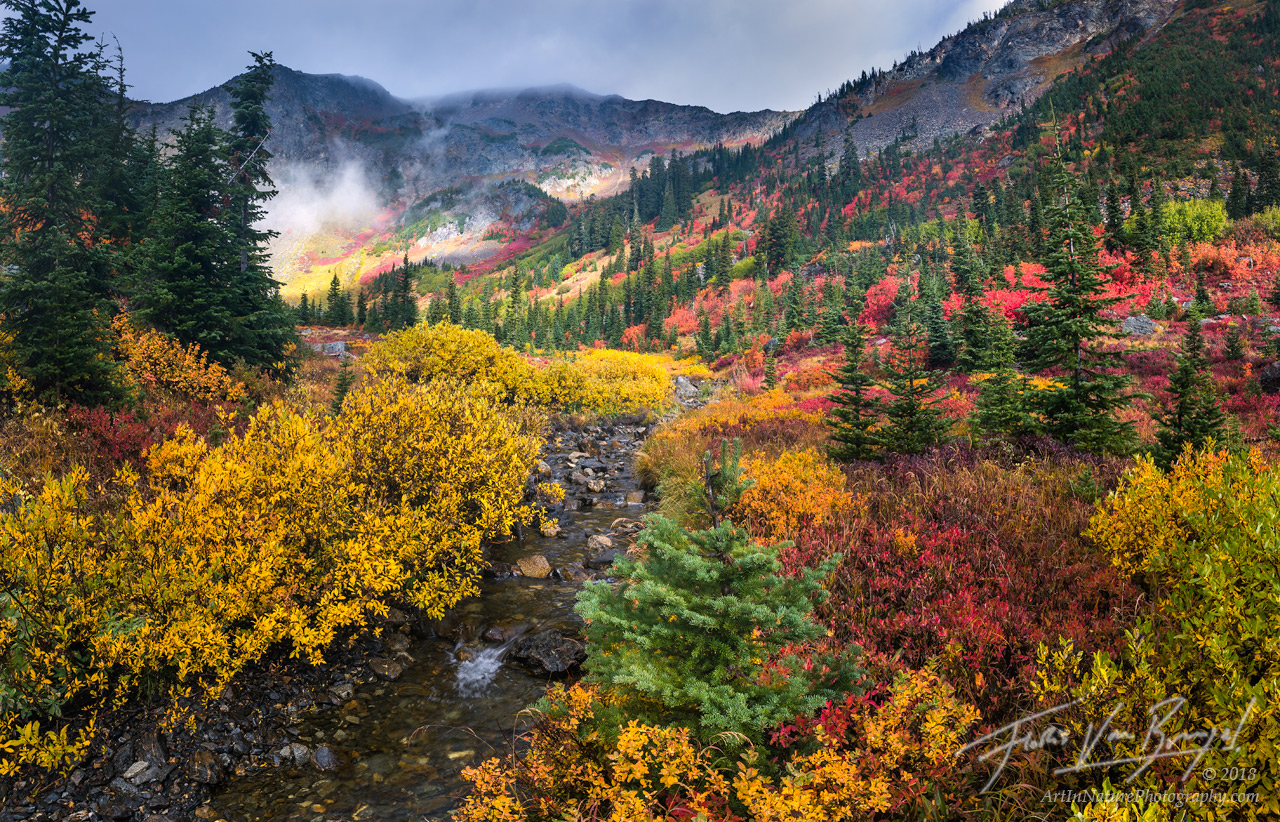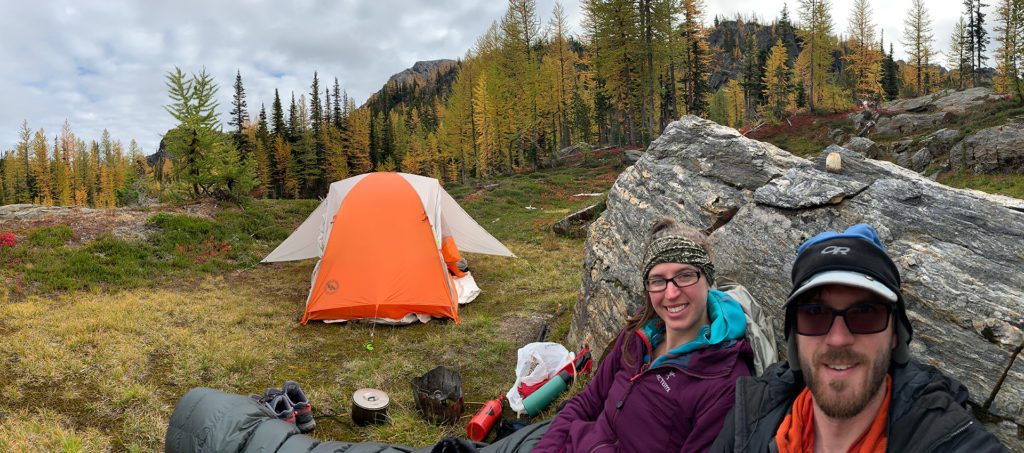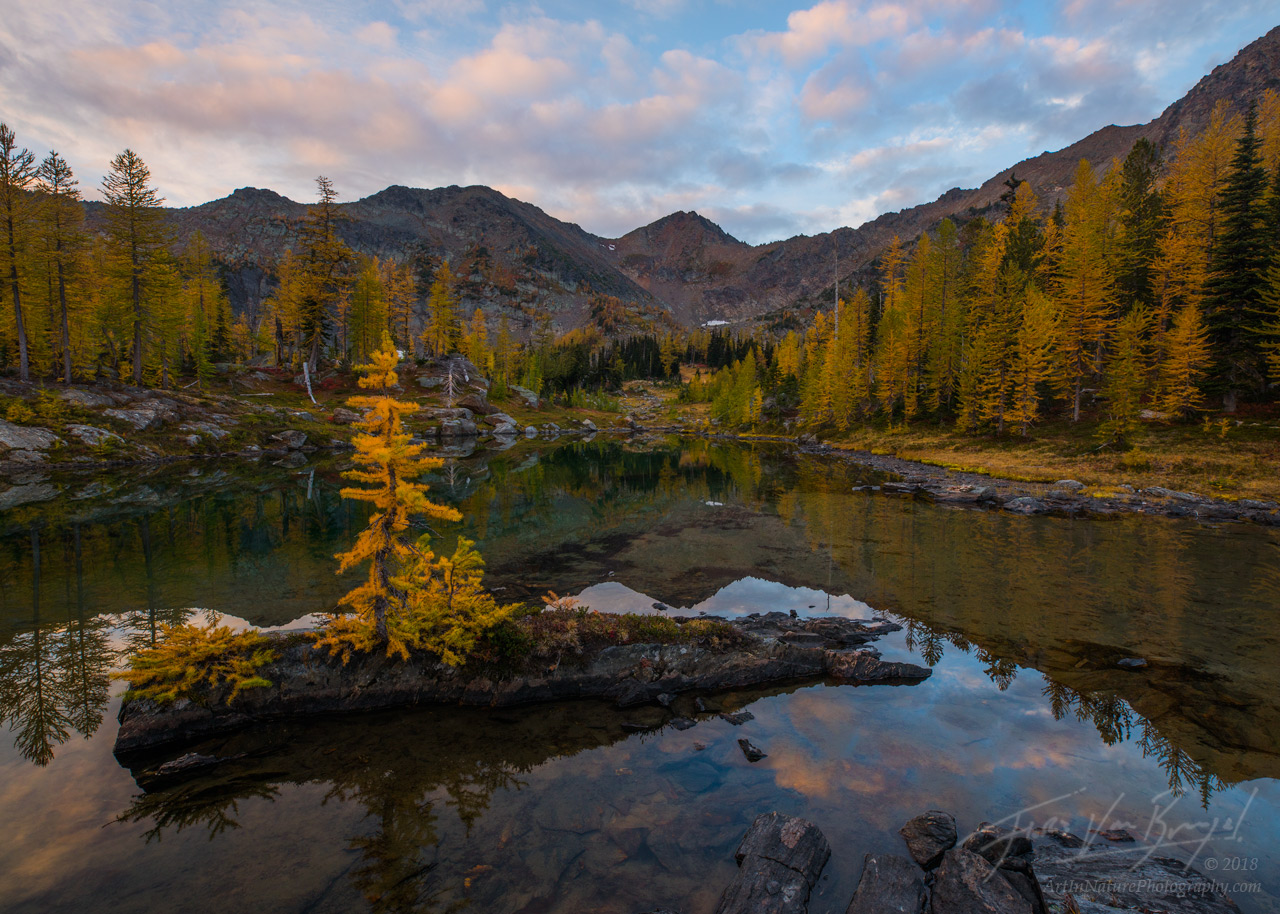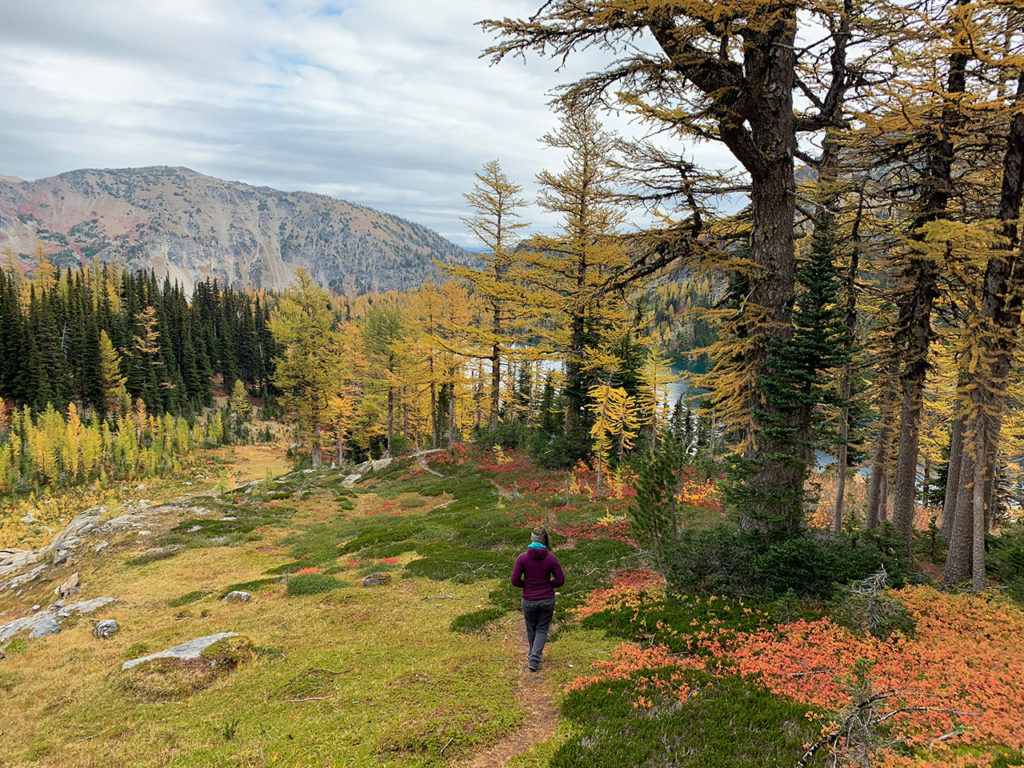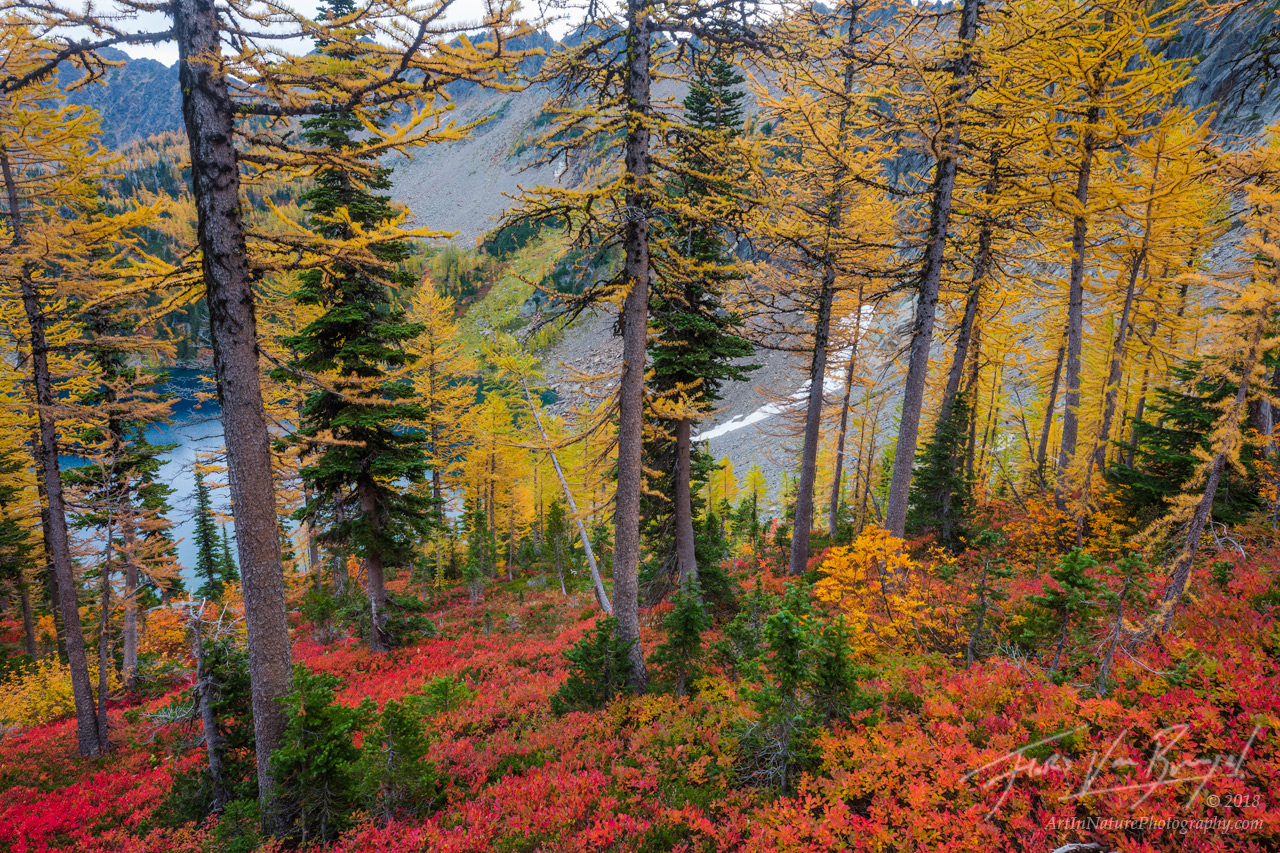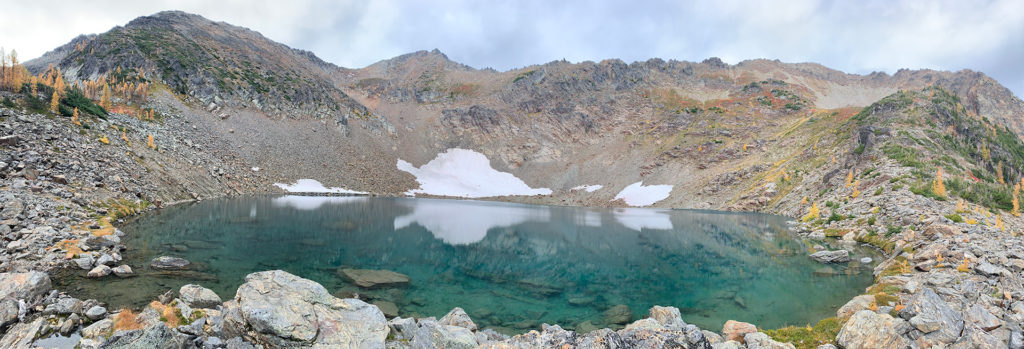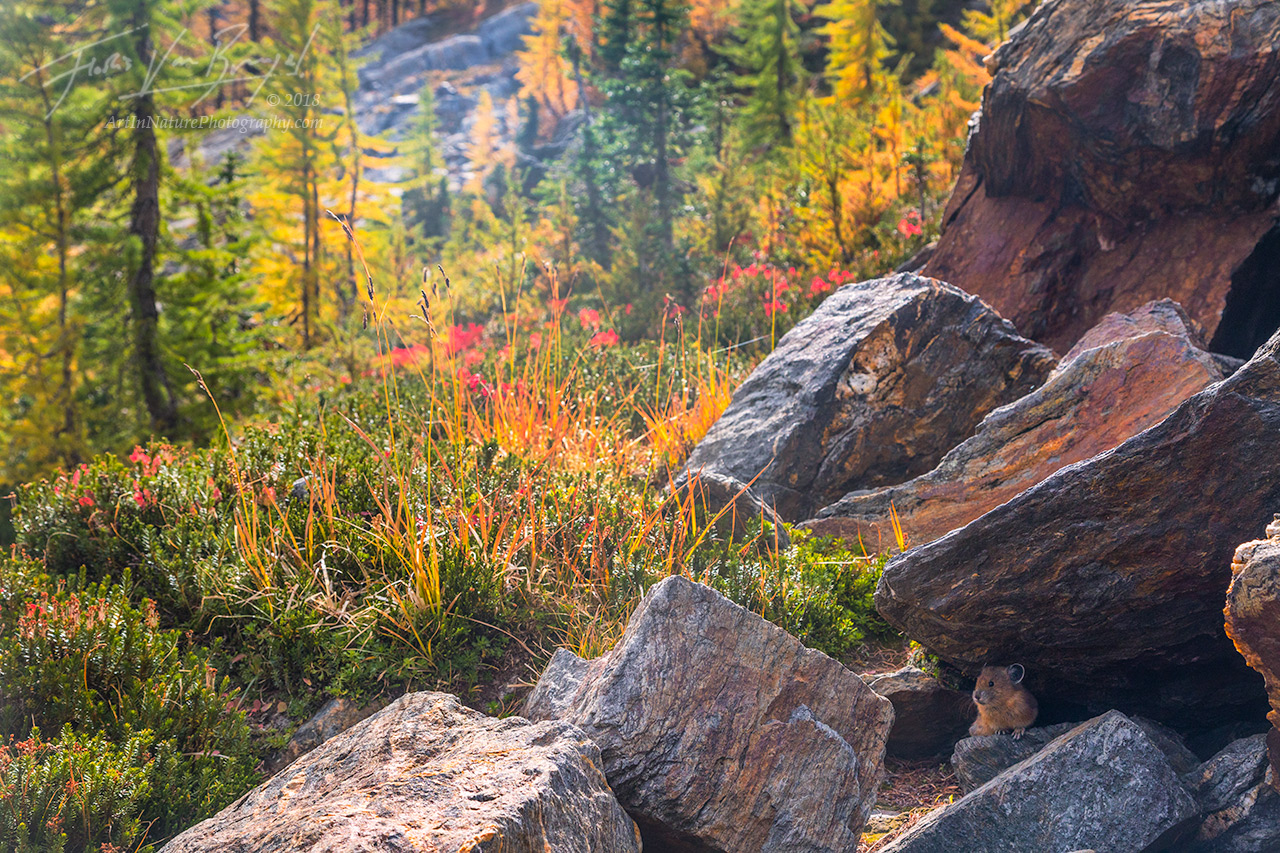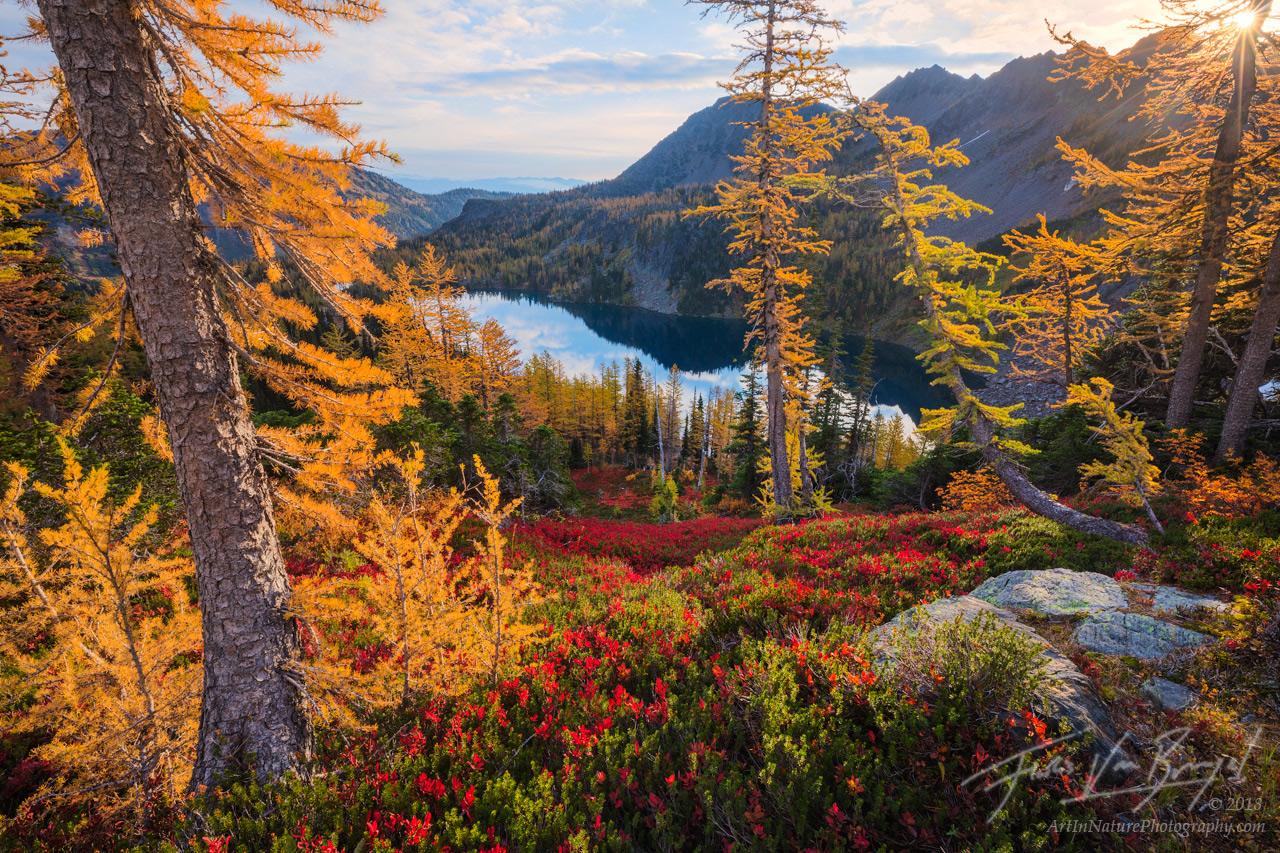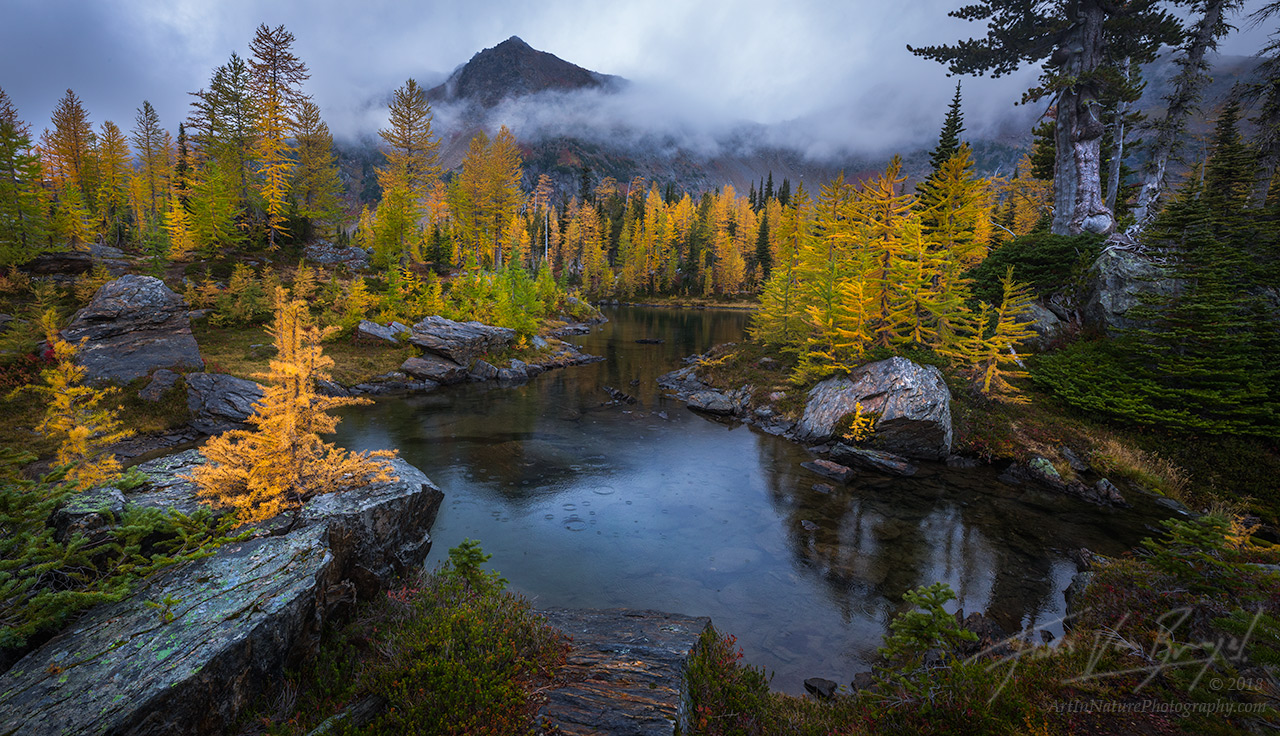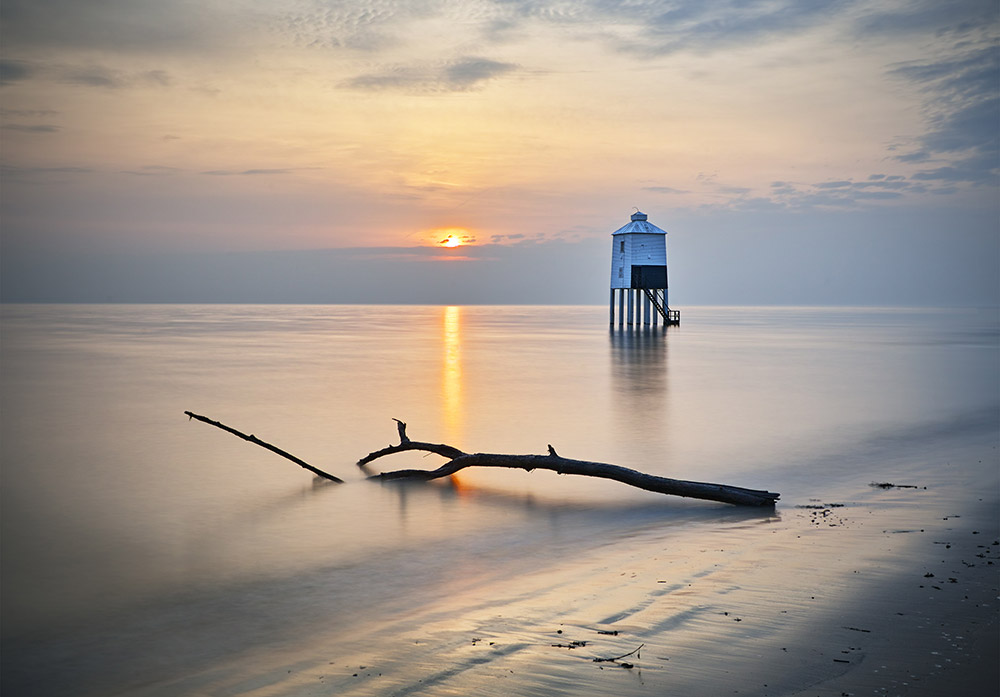[ad_1]
Nov. 10—New Exhibits Opening
“Colossal and Intimate: Nature, Abstraction, Imagination Through the Artist’s Lens” features the photography of Artist Member Laura Davis.
“Beauty is hidden in plain sight. My work is a joyful interpretation of the divine details which surround us. Reflections in dewdrops, peeling paint, beetle paths, wood grain, and patterns in natural or human-made structures are captured and highlighted by my lens.” (Laura Davis, Artist Statement)
In her visual art, she notices details, often overlooked by others. For the title of the exhibition “Colossal and Intimate: Nature, Abstraction, Imagination Through the Artist’s Lens,” her inner wordsmith provides the choice of “colossal” for macro, and “intimate” for close-up.
She sees the abstraction which surrounds us, in exquisite compositions, with symmetrical or asymmetrical balance, fractal patterns, spirals, and flower petals following Fibonacci sequence, Sacred Geometry, and the Golden Ratio.
The act of creating leads to stories: beetle’s lairs, walls, and creative practice, The Beetle’s Way. Biophilic collage, tangled with Celtic knots. Mirrored photographs become mandalas. Compositions are created by the simple act of framing, or by detailed, organic journeys through line, shape, form, color, and texture.
As a sculptor early in her art making pursuits, earning a BFA from the Kansas City Art Institute, she explored shadow and movement, image projection interacting with fabric in site-specific installations.
She earned an MFA in the Art Media Studies program in the School of Art at Syracuse University. Pattern, movement, and projection of light informed her video productions. Cutting edge video image manipulation tools, in its infancy in commercial television, was available for experiment. One of the pieces which came out of this period was “You Never Left,” winning a national award in Experimental Video from the American Film Institute.
She was hired at the East Carolina University School of Art to develop elective courses in video art. During those seven years she began to integrate traditional media, such as works on paper and gels applied to acetate, into her video productions. She created large works on paper, which were exhibited in a solo exhibition at the Greenville, North Carolina, Museum of Art.
Upon her return to her home state of Colorado, she began to explore photography, especially macro close-up imagery capturing the color, texture, and pattern of Mother Nature’s palette. Her digital collage uses photography interwoven with patterns and knots, a pursuit she has been exploring for over a decade. The advent of digital cameras, and the explosion of accessible, affordable, and easy to use digital tools, has enabled her abstractions and digital collage. Her “straight” photographs capture details, textures, and pattern from our surroundings, directing our attention to, and celebrating, the patterns that surround us in the natural world.
Her portfolio of large scale painted works on paper from North Carolina was included as part of her application to Decorate Utility Boxes (DUB) in Estes Park, Colorado, in 2018. She was one of the five artists, all women, chosen to paint the boxes in 2018. Her two boxes are behind Kirk’ s Fly Shop on the Riverwalk, just east of the new Women’s Monument.
2022 was her first year participating in the Estes Park Studio Tour, founded and funded by working artists in our community. She was juried into artist membership at the Art Center of Estes Park in 2018. Much of her work is also available printed in various formats including wearables, jigsaw puzzles, and yoga mats. www.lauradavisartstudio.com
“Special Holiday Exhibit” features the photography of Founding Artist James Frank and Invited Artist Lydia Pellow, potter.
James Frank: Being from northern Ohio and growing up along the banks of Rocky River, I became familiar in my early years with forest, stream, and things wild, all cultivating a love of the outdoors and a passion for all things in nature. Little did I know that the river I often frequented would be linked by namesake to the mountains I roamed later in life.
After a single visit the decision to move to Estes Park and the Rocky Mountains was easy. The journey was made in 1978 when Estes Park became my home for what now amounts to more than 40 years. I met and married my wife, Tamara, near the alluvial fan in Rocky Mountain National Park in September of 1988. In the mid-1990s we adopted our daughter Claire. Family and a home in these sacred mountains are more than I’d ever dreamed they would be.
I became interested in art at Doane College during several art appreciation courses. There were friends at school who were musicians and played in bands, so my interest in musical and visual arts was growing in leaps and bounds. One of the two main reasons for wanting to live near Rocky was to nurture my love of photography to begin a career involving capturing moments in nature and the world around me that told a story and hopefully inspired not only attention but also happy memories.
My wife and I as business partners have owned a front range postcard company, and two galleries based in Estes Park. For a decade we also owned and published the local magazine Estes Park Vacationland.
From the very beginning and across all these years my photography was catalogued and licensed for publication through James Frank Photography and a handful of agents both national and international. My work has been widely published in books about Rocky, Colorado, and the American West. Through owning and operating galleries, a niche in fine art photography blossomed and is currently the emphasis of my photographic work and business. My art photography is represented by Aspen and Evergreen Gallery in Estes Park and at my website, jamesfrank.com.
Lydia Pellow: I started taking pottery classes in 1976 in Colorado Springs, but it wasn’t until my teacher, Jake Anderson, offered me an apprentice position that I began learning the really hard parts of making pottery — mixing glazes, loading kilns, firing pots, and making money from my art.
During my career I have studied with many famous potters — Daniel Rhodes, Paul Soldner, Tom and Elaine Coleman, Jim and Nan McKinnell, Steven Hill, and others — primarily in hands-on, workshop-type settings. I have been passing on what I’ve learned to my own students since 1977, and I love to share my passion for the creative artistry that is pottery.
The Boulder Potters’ Guild, which I joined in 1986 and am currently the president of, has been invaluable as an avenue for me to teach and share with other amazing artists. The Guild has been an active nonprofit for fifty-three years, is a Tier III SCFD organization, and is dedicated to supporting artists and giving back to the greater community. I also founded an artists’ co-op in 1989 on the Pearl Street Mall called Handmade in Colorado.
Functional pottery is very important to me. Using a one-of-a-kind piece of pottery made by a fellow human being is truly a joy! I like to put “messages” on the bottom of some of my pots. I imagine someone washing it with care (although all my pieces are dishwasher safe), seeing my message, and smiling. All of my pots are also microwave safe and lead free.
I am influenced in part by Japanese pottery and love their concept of Wabi Sabi (“the elusive beauty of imperfection”} in life as well as in art. I invite you to feel my joy in the pottery I’ve create.
Opening Reception
November 11, 5 — 7 p.m.
Opening Weekend Door Prize
“Summer Serenity” Photography 11.7″Wx16.5″ H giclee print donated by Laura Davis.
The public is invited to enter for this Door Prize from 11 a.m. Friday, November 11 to 5 p.m. Monday, November 7, at which time a name wil be drawn and the winner notified
Also on display in the gallery are the outstanding work of the other Art Center artist members, including other works in oil painting, watercolor, pastel, jewelry, ceramics, charcoal, graphite, glass, wood, sculpture, fiber, photography, printmaking and mixed media.
The Art Center is open 11 a.m. — 5 p.m. Friday through Monday.
Art Class in November
3D Zentangling® Layering: a Pretty Porcelain Mug with Annie Reiser. November 19, 1 — 3 p.m.
Art Center Members: $27. Non-Members: $30.
Get a start on your holiday gifts. Nothing is more special than something created by you, like this lovely and unique cup. Annie Reiser, certified Zentangle,® (CZT) teacher will share her experience with tangling on 3-D objects as you decorate a beautiful mug with your favorite tangle patterns or copy Annie’s design. She will tell you how to make it permanent for handwashing (not dishwasher-safe). You may also explore adding color to your designs with porcelain paints that Annie will share. All levels and kids welcome.
Materials: A kit is available to buy (directly from the teacher on the day of class) for $7. (The kit will include a plain white porcelain mug, 1 black Dual-tip Identipen from Sakura, a piece of chocolate, and handout.)
Important Note: If you decide not to purchase the kit, you will need to bring a plain white mug and a black dual-tip Identipen marker.
Teacher will provide: Colored porcelain paint pens to share, rubbing alcohol or fingernail polish remover, Q-tips, cotton pads, solvent blender markers to share.
All Students Should Bring: Sketchbook and pen to take notes.
Call For Entries
“The Magic of Masks” — Some Mardi Gras Fun in Estes Park
The Art Center of Estes Park would like to invite you to participate in our community mask challenge! All you need to do is pick-up your 8″x10″ canvas and create a mask that will fit on that canvas. Entry fee $20. Only one canvas per person.
Winter is coming and this is a great time to engage your creativity and share your results for Mardi Gras fun in February! Limited number of canvases are available!
—Any age 5 to 105 can enter.
—All masks must be for sale …range $20 to $150. You’ll receive 60% of the sales price.
—Each canvas will come pre-drilled with wire and hooks for hanging, you can choose your preference horizontal or vertical orientation. Title card/price form taped to back of canvas.
—Any media is fine- 2D painting, collage, or 3D… as long as it fits on the canvas and can be hung on the wall. Just be certain that any dangling ribbons, feathers etc. do not extend more than 1″ off the canvas.
—Exhibit: Saturday, February 18 to March 13, 2023
—Opening Reception: Saturday, February 18, 2-4pm
—Completed Masks delivered by February 11,12,13, 2023 (Sat-Mon) with completed Title Card/Price Form.
—Prizes will be Awarded!
Entry form and canvas can be pick-up daily. Limited number of canvases available!
Satellite Exhibits
A new exhibit is now on display at the Estes Park Health featuring Pat Greenberg and Diane Visinstainer. VERT and Snowy Peaks Winery has a number of Art Center artists on display. John Long is on exhibit at US Bank.
(c)2022 Estes Park Trail-Gazette, Colo. Distributed by Tribune Content Agency, LLC.
[ad_2]

